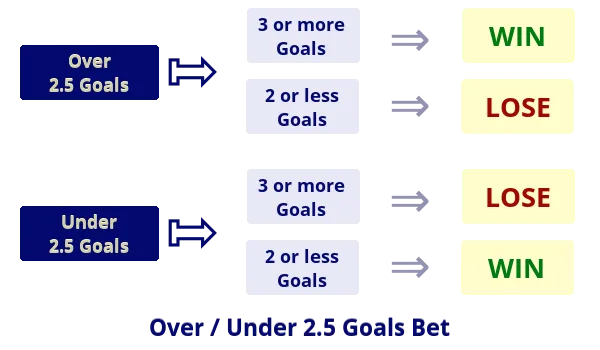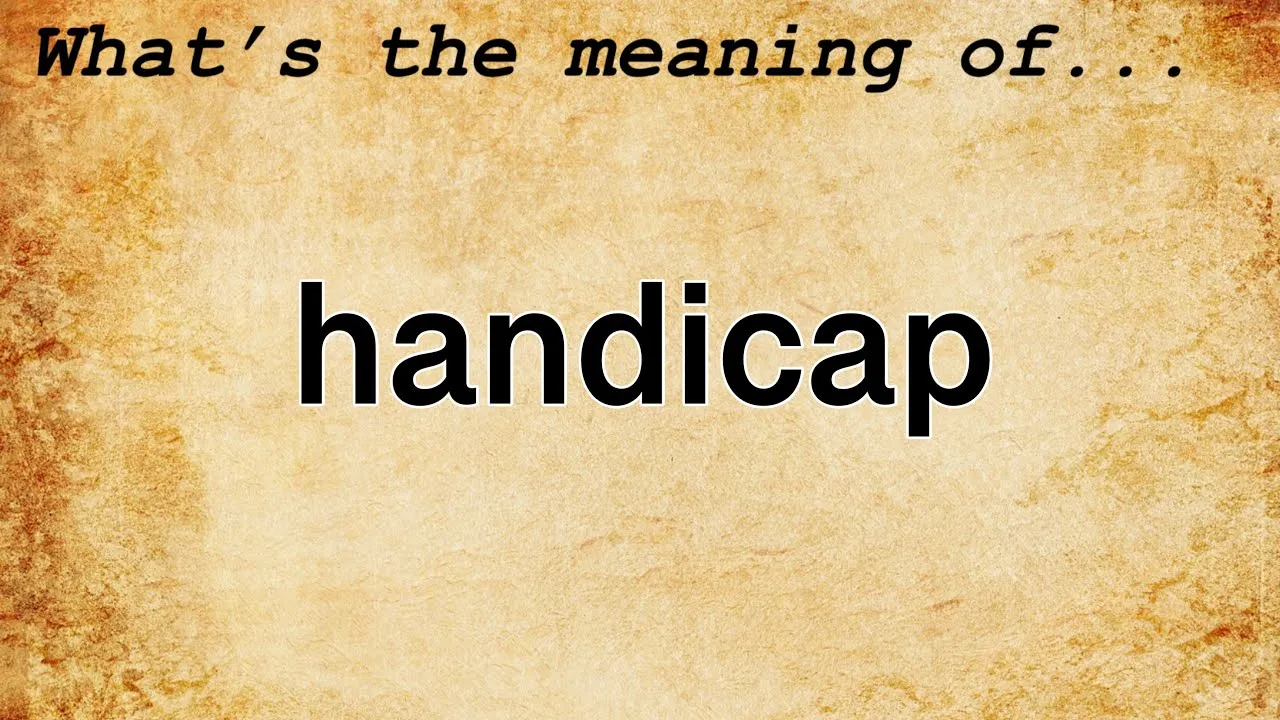Are you a sports enthusiast or a betting fan? If so, you may have heard of the term “handicap” being thrown around. But what exactly does it mean and how does it affect your game or betting strategy? In this article, we will delve into the world of handicaps and take a closer look at one specific type – the 0.75 handicap.
A handicap, in simplest terms, is a method used to make sporting events more competitive by giving an advantage to the perceived weaker team or player. It is commonly used in sports such as football, basketball, and tennis, but can also be applied to other games like golf and horse racing. A handicap can be expressed as a whole number, decimal, or fraction, with the most common being half and quarter values.
Now let’s focus on the 0.75 handicap. This particular form of handicap has gained popularity in recent years, especially in football betting. It is often referred to as the “Asian Handicap,” as it originated in Asia and has become a staple in their betting market. In this article, we will explore the ins and outs of the 0.75 handicap and its impact on the game and betting outcomes.
The Origins of the 0.75 Handicap

Before we dive into the details of the 0.75 handicap, it is essential to understand its origins and how it came to be. As mentioned earlier, the Asian Handicap was first introduced in Asia, specifically Indonesia, in the 1990s. It was initially created as a means to reduce the chances of a draw in football matches, which were prevalent at the time.
The concept of the Asian Handicap was simple – it eliminates the option of a tie by adding a half-goal to either team’s score before the game starts. This way, there could only be two possible outcomes, a win or a loss. The half goal was later expanded to quarter goals, with the 0.25 and 0.75 handicap being introduced.
At first, the Asian Handicap was greeted with skepticism by Western bookmakers, but it quickly gained popularity and became a standard betting option in football matches worldwide. Today, the 0.75 handicap is one of the most commonly used handicaps, not only in football but also in other sports.
Understanding the 0.75 Handicap

Now that we know where the 0.75 handicap originated from let’s take a closer look at what it means and how it works. As mentioned earlier, this type of handicap adds a half-goal to one team’s score before the game starts. In football, this could be seen as either a -0.75 or +0.75 handicap, depending on which team is given the advantage.
In a -0.75 handicap, the stronger team starts the game with a 0.75 goal deficit, while the weaker team has a 0.75 goal advantage. This means that for a bet on the stronger team to win, they must win by at least two goals (the half-goal added and the original goal margin). For the bet on the weaker team to be successful, the weaker team must either win, draw, or lose by less than one goal.
For instance, if Chelsea is playing against Arsenal, and Chelsea has a -0.75 handicap, they would have to win by at least two goals for the bettor to win their wager. If the game ends in a draw or Arsenal wins, the bettor loses. On the other hand, if Arsenal has a +0.75 handicap, they can win, draw, or lose by less than one goal for the bettor to win.
In essence, the 0.75 handicap gives the stronger team a larger margin for error, while the weaker team has a smaller margin, making the game more competitive and exciting.
Pros and Cons of the 0.75 Handicap

As with any betting strategy, there are pros and cons to using the 0.75 handicap. Let’s take a look at some of them.
Pros:
- Eliminates the possibility of a draw: With the 0.75 handicap, there can only be two outcomes – a win or a loss. This eliminates the frustration of losing a bet due to a draw, which is a common occurrence in football matches.
- Makes games more competitive: By giving a half-goal advantage or deficit to either team, the playing field is leveled, and weaker teams have a better chance of winning against stronger opponents. This makes the game more exciting and unpredictable for both players and bettors.
- Better odds: In traditional 1X2 betting, the odds for a favored team to win are often low, making it challenging to make a significant profit. With the 0.75 handicap, the odds are usually higher for both teams, making it possible to earn more significant payouts.
- More betting options: The 0.75 handicap opens up more betting options for bettors, especially in matches where the teams are relatively evenly matched. Instead of just choosing between a win, loss, or draw, bettors now have an additional option to choose from.
Cons:
- More complicated: For new bettors or those who are not well-versed in handicaps, the 0.75 handicap may seem confusing and difficult to understand. It takes time and effort to learn and master this type of handicap fully.
- Higher risk: While the odds may be better, the risk is also higher when using the 0.75 handicap. A single mistake or unexpected turn in the game can result in a loss for the bettor.
- Limited bookmakers: Not all bookmakers offer the 0.75 handicap, so bettors may have a harder time finding it as an option.
Strategies for Using the 0.75 Handicap
As with any type of handicap, there are various strategies that bettors can use when utilizing the 0.75 handicap. Some popular methods include:
- Backing the stronger team in a -0.75 handicap: This strategy is best used when the stronger team has a high probability of winning and the odds for a straight win are low. By using the -0.75 handicap, the odds are improved, making it a better betting option.
- Backing the weaker team in a +0.75 handicap: This strategy works well when the weaker team has a strong defense or has a history of performing well against the favored team. By giving them a 0.75 goal advantage, their chances of winning are increased, resulting in better odds.
- Combining handicaps: Some bettors like to combine the 0.75 handicap with another handicap, such as the 0.5 or 1.5 handicap, to increase their chances of winning. However, this also increases the risk, so it should be done cautiously.
It is essential to remember that no strategy is foolproof, and success with the 0.75 handicap ultimately depends on careful research, understanding of the teams and players, and luck.
Mistakes to Avoid When Using the 0.75 Handicap
While using the 0.75 handicap may seem straightforward, there are some common mistakes that bettors make that can result in losing their wagers. Here are three mistakes to avoid when using this handicap:
Not doing enough research:
As with any betting strategy, research is crucial. It is essential to look at factors such as team form, player injuries, head-to-head stats, and home and away records before placing a bet. Blindly relying on the 0.75 handicap without sufficient research can result in significant losses.
Underestimating the handicap:
Some bettors make the mistake of underestimating the impact of the 0.75 handicap and assume that the stronger team will win comfortably. This is not always the case, and it is vital to consider all possibilities and not get complacent.
Chasing losses:
As with any type of betting, there will be losses. It is crucial to remember to stay disciplined and not chase losses by increasing the stake or making impulsive bets. This could lead to even more significant losses and a depleted bankroll.
Conclusion
The 0.75 handicap has become a popular option among bettors due to its ability to make games more competitive and offer better odds. It can add an exciting element to watching sports and provide an alternative to traditional 1X2 betting.
However, like any other betting strategy, it is essential to understand the 0.75 handicap fully and use it carefully. It is not a guaranteed method of winning, and success depends on various factors such as research, team form, and luck. Use it wisely and enjoy the thrill of this unique handicap in your next sports bet.

